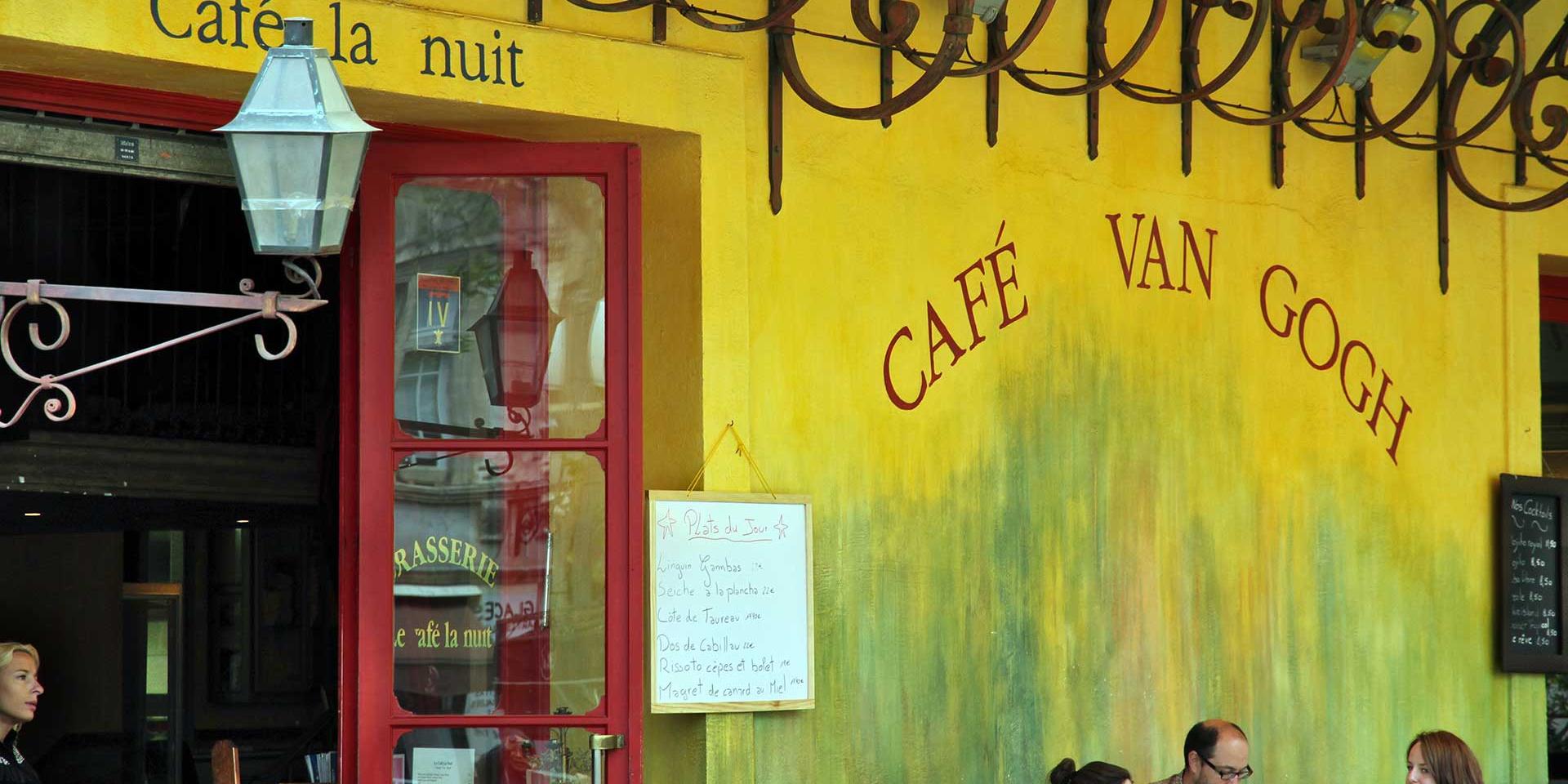Arles, a city of art and history at the gates of the Camargue, in the Bouches-du-Rhône department, is a city with an exceptional heritage that must be discovered. Classified as a UNESCO World Heritage Site, the city reveals all its beauty between past and modernity. The historic heart is full of architectural treasures such as the arenas, the ancient Roman Amphitheater, the Roman Theater, the cryptoporticus, the Roman baths of Constantine, etc. Architecture enthusiasts will also appreciate the innovative building along the Berges du Rhône (Banks of the Rhône) which houses the Musée de l’Arles antique (Museum of Ancient Arles).
Provençal culture spreads through the narrow streets of the city during traditional holidays. These events are an opportunity to highlight the traditions of the city and its costumes as those of the Arlesian women. The city’s monuments have inspired many artists who have tried to represent the beauty of the place under their paintbrush or lens. Arles has particularly inspired Van Gogh who painted many canvases during his stay. It is also the city of the Gipsy Kings and Christian Lacroix. Every season, events are organized to promote culture: photography, music, literature, drama and bullfighting.
